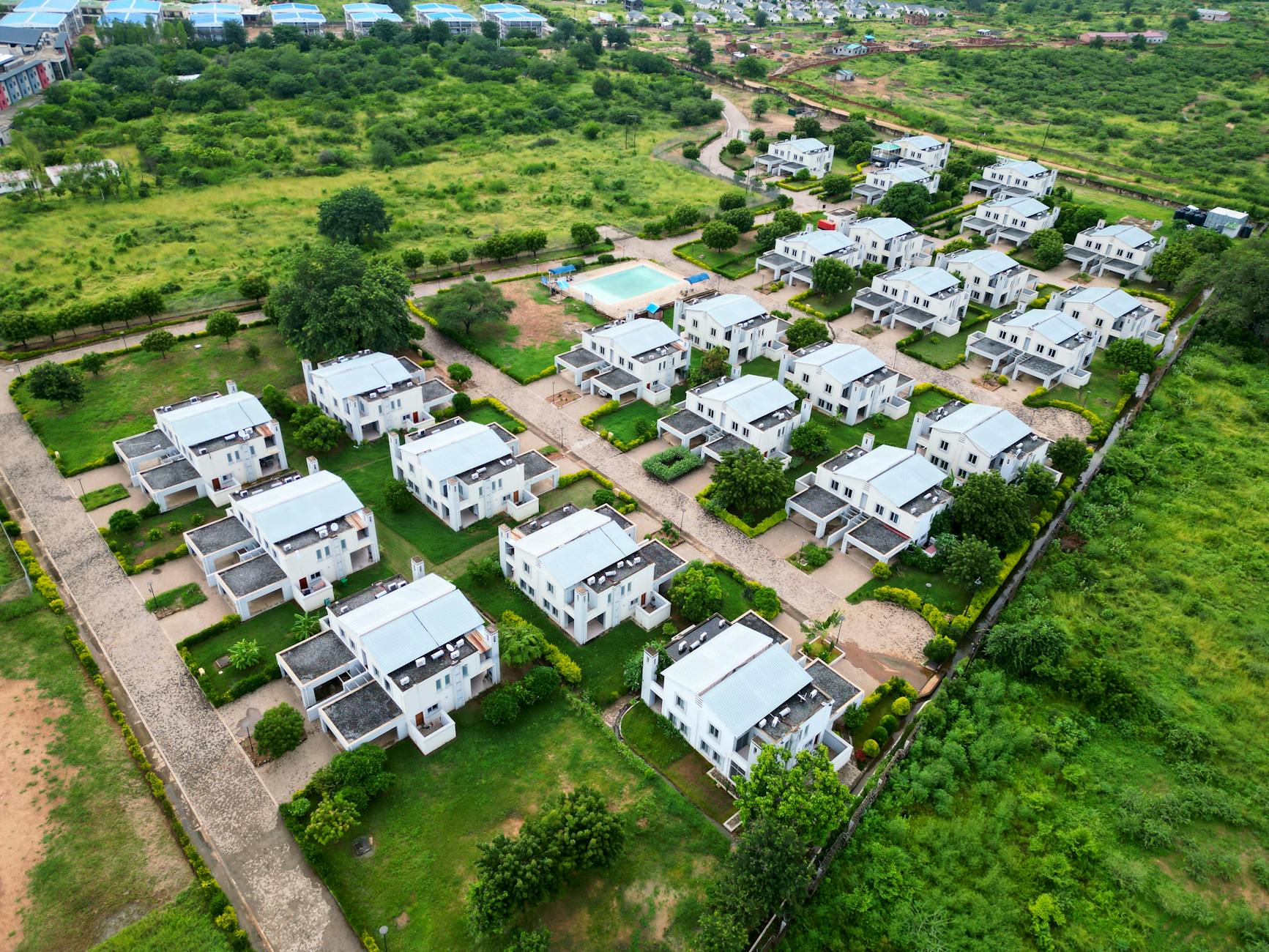Exploring Affordable Housing Development Opportunities in Your Region
Exploring affordable housing development opportunities in your region
Affordable housing remains a critical issue in many communities, affecting economic stability and quality of life. As urban populations grow and housing costs rise, the need to identify and develop affordable housing options becomes even more urgent. This article explores the various opportunities available for affordable housing development in your region by examining market demand, funding sources, regulatory environments, and innovative building strategies. Understanding these factors can empower local governments, developers, and community organizations to collaborate effectively and create sustainable housing solutions. By carefully analyzing regional characteristics and leveraging resources, it’s possible to overcome common challenges and foster environments where affordable housing projects can thrive. Let’s delve into the opportunities that can make affordable homeownership or renting a reality in your community.
Assessing regional housing needs and market dynamics
To identify promising affordable housing opportunities, it’s essential first to assess the specific needs of your region. This involves examining demographic trends such as population growth, income levels, employment rates, and housing affordability gaps. Local housing authorities and census data can reveal pressing shortages in various income brackets or specific populations, like seniors or young families. For example, a region with a large percentage of low- to moderate-income households facing rising rental costs may benefit most from mixed-income affordable rental projects. Conversely, areas with high homeownership aspirations but limited inventory may require affordable housing developments focused on first-time buyers.
Understanding market dynamics helps prioritize projects that meet real demand and avoid misaligned investments. Taking into account factors such as vacancy rates, rent increases over time, and existing housing stock quality offers insight into where affordable units are most needed. Stakeholder engagement, including surveys and public meetings, further refines this understanding and ensures developments align with community needs.
Leveraging funding sources and incentives
Financing is often one of the most challenging aspects of affordable housing development. Fortunately, a variety of funding sources and incentives are typically available at the federal, state, and local levels. Common financial tools include:
- Low-Income Housing Tax Credits (LIHTC): Provide dollar-for-dollar tax credits to investors financing affordable rental housing.
- Grants and loans from housing agencies: Such as HUD Community Development Block Grants.
- Local government incentives: Including reduced or waived development fees, expedited permitting, or land subsidies.
- Public-private partnerships: Combining government support with private capital can attract more investment.
A strategic approach to combining multiple funding streams can improve project feasibility and sustainability. Below is a table illustrating a typical funding mix for affordable housing:
| Funding Source | Typical funding percentage | Purpose |
|---|---|---|
| Low-Income Housing Tax Credits | 40-60% | Main equity source for rental developments |
| Federal/state grants and loans | 20-30% | Gap financing for construction and rehab |
| Local government incentives | 10-20% | Supportive subsidies or fee waivers |
| Private investment | 10-15% | Additional capital and development expertise |
Navigating regulatory frameworks and zoning
Local zoning laws and land-use regulations can either enable or hinder the development of affordable housing. Understanding your region’s regulatory environment is critical in identifying suitable sites and minimizing bureaucratic delays. Some jurisdictions adopt inclusionary zoning policies that require or incentivize developers to include affordable units within new projects. Others offer density bonuses or relaxed parking requirements to encourage higher yield developments.
Working proactively with planning departments and local officials can open doors to variances and special permits. Additionally, mapping areas with favorable zoning classifications can guide developers toward areas where multifamily or mixed-use affordable projects are more feasible. In some cases, advocating for regulatory reform or creating affordable housing overlay zones is a strategic move communities undertake to increase options.
Innovations in construction and design to reduce costs
The rising costs of labor and building materials present significant challenges for affordable housing developers. However, innovative construction methods and design approaches offer ways to deliver quality housing at lower costs. Some promising examples include:
- Modular and prefabricated construction: Factory-built components can speed up timelines and reduce waste.
- Adaptive reuse: Converting underutilized commercial or industrial buildings into residential units.
- Green building: Energy-efficient designs reduce long-term utility costs for residents.
- Simple, functional layouts: Minimized square footage and efficient use of space help lower initial and maintenance expenses.
In addition, community-engaged design ensures that housing meets residents’ needs while fostering social cohesion. By integrating such innovations, developers can enhance affordability without sacrificing quality or neighborhood fit.
Conclusion
Affordable housing development presents both complex challenges and significant opportunities. By carefully assessing regional market needs, leveraging a diversified range of funding and incentives, navigating zoning regulations, and embracing innovative construction techniques, stakeholders can unlock the potential for successful projects in their communities. These efforts not only provide essential housing but also stimulate local economies and improve social outcomes. A collaborative approach involving governments, developers, and citizens is key to translating opportunities into lasting solutions that serve diverse populations. Ultimately, exploring and acting on affordable housing opportunities in your region can help create more inclusive, vibrant neighborhoods where everyone has the chance to thrive.
Image by: SINAL Multimédia
https://www.pexels.com/@sinalmultimedia
editor's pick
latest video
news via inbox
Nulla turp dis cursus. Integer liberos euismod pretium faucibua


